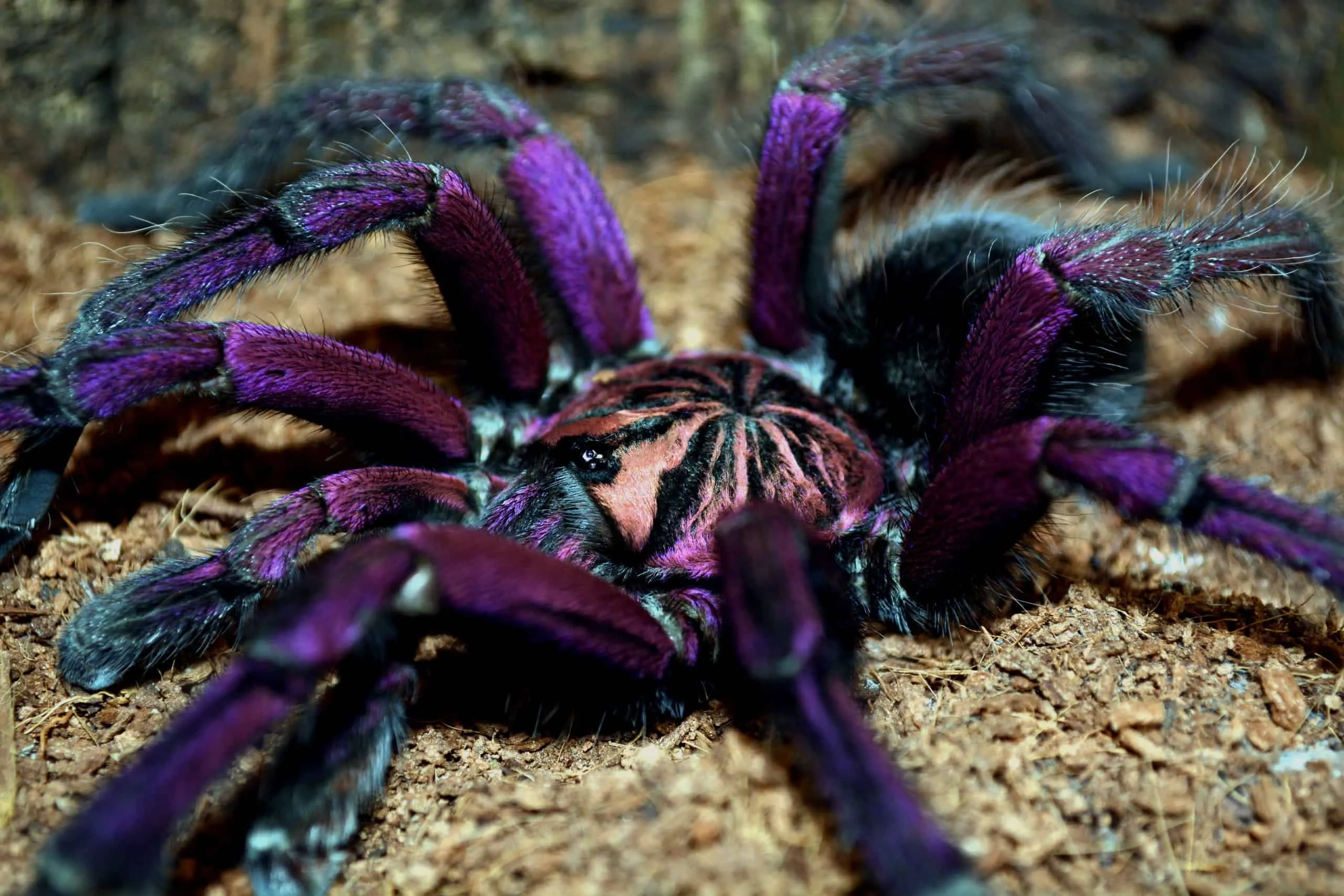Tarantula Care Guide [Top 5] Essentials
Embarking on the journey of tarantula ownership can be an incredibly rewarding experience. These fascinating creatures are relatively low-maintenance pets, but they do require specific care to thrive. This guide will provide you with the top 5 essentials for tarantula care, ensuring your eight-legged friend lives a long and healthy life. From habitat setup to feeding, understanding these key aspects is crucial for responsible tarantula ownership. This comprehensive guide will help you to become a tarantula expert and provide the best possible care for your new pet. These spiders can be surprisingly hardy if you know what you’re doing. Let’s dive into the essentials.
Choosing the Right Tarantula
Selecting the right tarantula is the first and arguably most important step. Research different species to determine which ones are suitable for beginners. Some tarantulas are more docile and easier to care for than others. Consider factors like size, temperament, and venom potency. It is important to consider your own comfort level when choosing a tarantula. If you are worried about being bitten, start with a species known for being less defensive. Make sure that you are prepared to provide for their needs, as some species require more attention than others. Choosing the right tarantula will lay the foundation for a successful and enjoyable experience.
Considerations Before Buying
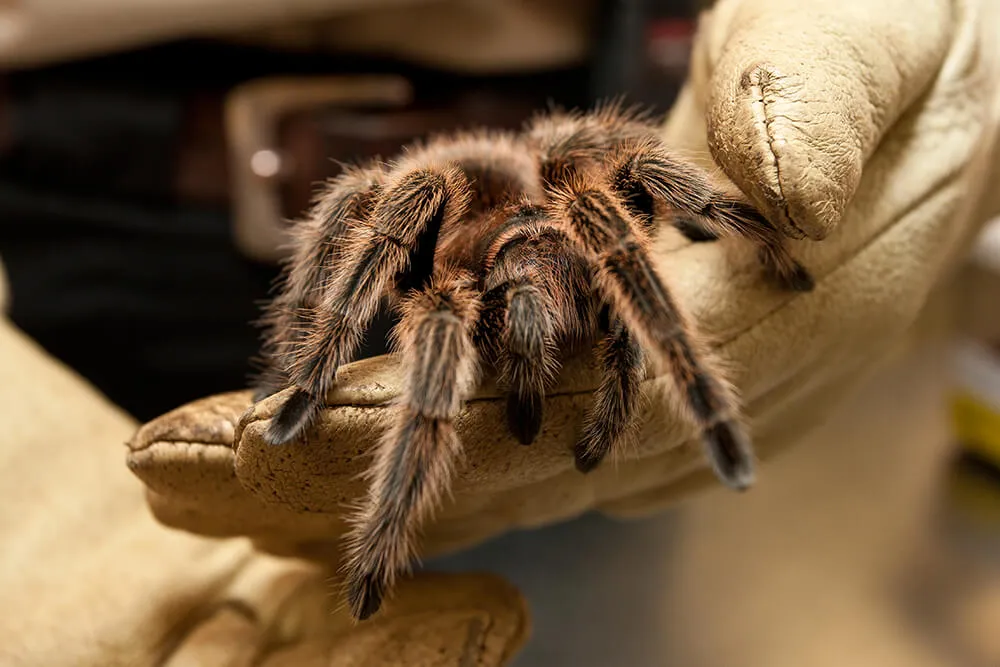
Before acquiring a tarantula, consider your lifestyle and commitment level. Tarantulas can live for many years, so it is a long-term commitment. Make sure you have the time, space, and resources to care for your tarantula properly. Ensure you are not allergic to spider bites or their hairs. Research reputable breeders or pet stores to ensure you are purchasing a healthy specimen. This stage is vital and can shape your experience greatly. If you find a tarantula that you like, do your research, so that you will not be surprised by their needs later.
Popular Tarantula Species for Beginners
Several tarantula species are well-suited for beginners due to their docile nature and relatively simple care requirements. The Chilean rose hair tarantula (Grammostola rosea) is a classic choice, known for its gentle temperament and hardiness. The Mexican red knee tarantula (Brachypelma hamorii) is another popular option, famous for its striking coloration and calm demeanor. Other good choices include the pink toe tarantula (Avicularia avicularia) and the curly hair tarantula (Tliltocatl albopilosus), which offer a unique look with a calm temperament. Researching each species’ specific needs will help you make an informed decision.
Creating the Ideal Tarantula Habitat
Providing a suitable habitat is crucial for your tarantula’s well-being. The enclosure should mimic the tarantula’s natural environment, ensuring the spider feels secure and comfortable. The right setup will contribute significantly to the tarantula’s health and happiness. This will include choosing the right size of enclosure, making sure that it has a good substrate and that it has the right temperature. If the habitat is not proper, the spider will likely not do well and may not survive. Providing the correct environment is key to your tarantula’s long-term survival.
Enclosure Size and Type

The size of the enclosure should be appropriate for the tarantula’s size. A general guideline is that the enclosure should be at least three times the tarantula’s leg span in width. Avoid overcrowding, which can stress the tarantula. For terrestrial species, a wider enclosure is better, while arboreal species require more vertical space. Glass or clear plastic enclosures are ideal, as they allow for easy viewing. Ensure the enclosure has a secure lid to prevent escapes and provide proper ventilation to prevent the buildup of humidity and mold. Providing a proper habitat will increase the chance that your tarantula will remain healthy.
Substrate and Decorations
The substrate provides a comfortable surface for the tarantula to walk on and burrow in. The type of substrate depends on the species. For terrestrial species, a mixture of peat moss, coconut fiber, and vermiculite works well. Arboreal species may benefit from a substrate that retains moisture. Avoid cedar or pine shavings, which can be toxic to tarantulas. Add decorations such as cork bark, driftwood, and artificial plants to provide hiding places and enrich the environment. These decorations should be arranged to create a naturalistic environment that the tarantula can utilize to feel safe. The substrate should be maintained and changed periodically to prevent the buildup of mold.
Temperature and Humidity Control
Maintaining the correct temperature and humidity levels is crucial for your tarantula’s health. The ideal temperature range is typically between 70-85°F (21-29°C). Use a heat mat or a low-wattage bulb to provide supplemental heat if necessary, but always avoid direct contact with the enclosure. Humidity levels vary depending on the species, but generally, a range of 60-80% is suitable. Use a hygrometer to monitor humidity levels. Increase humidity by misting the enclosure with water or providing a shallow water dish. Poor temperature or humidity can lead to molting problems or other health issues, so monitoring both is essential.
Feeding Your Tarantula

Proper feeding is essential for your tarantula’s growth and overall well-being. Tarantulas are carnivorous and primarily eat insects. The type and frequency of feeding depend on the tarantula’s age, species, and metabolism. By keeping a consistent feeding schedule and providing the proper foods, you can help your tarantula remain healthy and thriving in its habitat. Make sure you provide them with the right foods and pay attention to their individual needs.
What Tarantulas Eat
The primary food source for tarantulas consists of insects such as crickets, mealworms, and roaches. Offer a variety of insects to ensure a balanced diet. The size of the insects should be appropriate for the size of the tarantula; a general rule is that the prey should be no larger than the tarantula’s body. Some tarantulas may also eat small vertebrates, such as pinky mice, but these should be offered sparingly. Always ensure that the insects you feed your tarantula are pesticide-free and gut-loaded with nutritious food before feeding them to your pet. If your tarantula does not eat within 24 hours, remove the uneaten prey.
Feeding Frequency and Techniques
Feeding frequency varies depending on the tarantula’s age. Spiderlings should be fed more frequently, typically every other day, while adult tarantulas can be fed once or twice a week. Observe your tarantula’s abdomen; a plump abdomen indicates that it is well-fed. Place the prey item in the enclosure and allow the tarantula to hunt. Avoid handling the tarantula directly when feeding, as this can cause stress. If the tarantula refuses to eat, it may be in pre-molt, so do not force it to eat. Ensure that you are using the right feeding techniques to make sure that your tarantula eats enough.
Water and Hydration
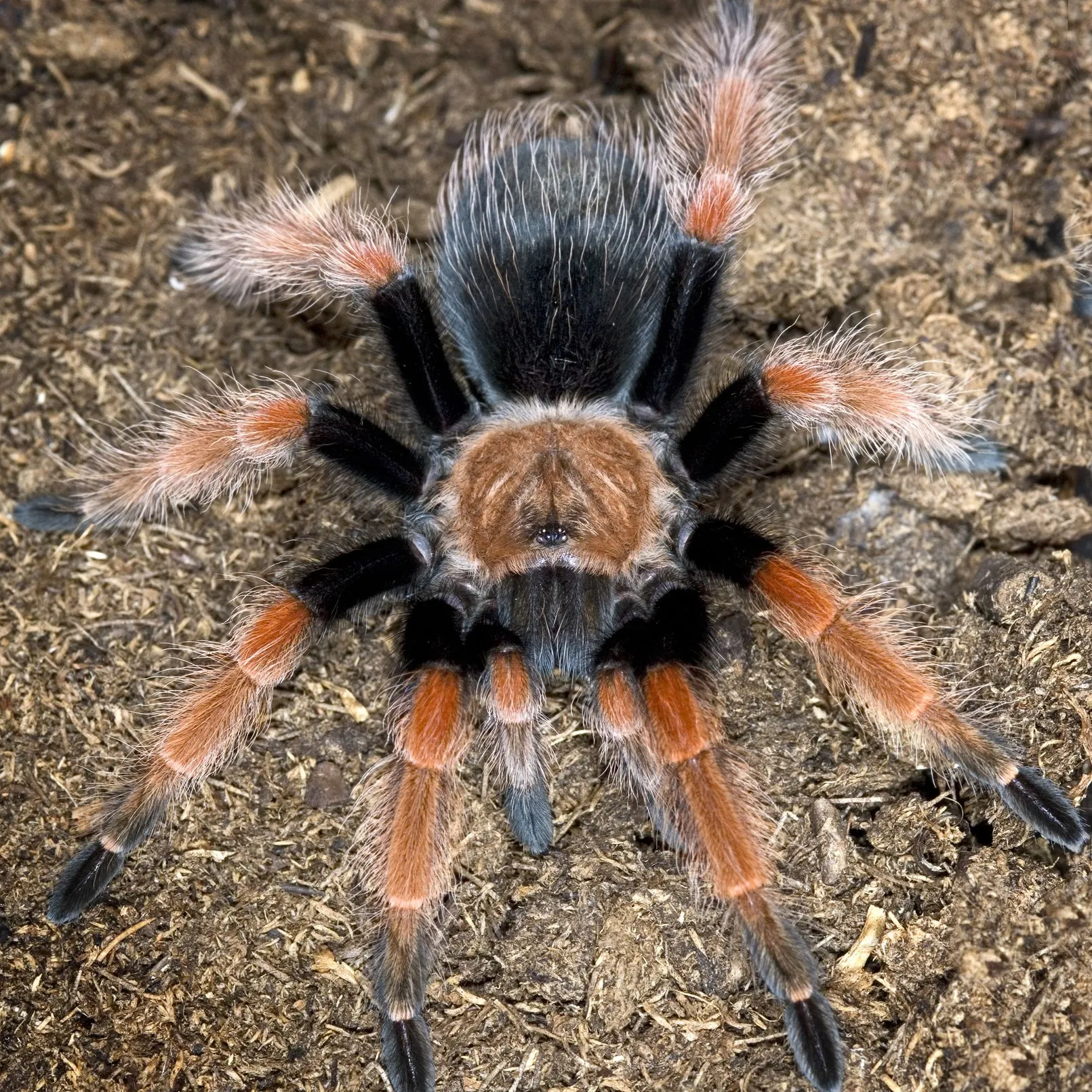
Provide a shallow water dish with fresh, clean water at all times. The water dish should be easily accessible and shallow enough to prevent drowning. Replace the water regularly to prevent bacterial growth. Some tarantulas may also obtain water from their food. Misting the enclosure can help increase humidity, but avoid over-misting. Proper hydration is essential for molting and overall health. Ensuring your tarantula stays hydrated is one of the most important aspects of their care.
Tarantula Handling and Safety
While tarantulas are not typically aggressive, they can bite if they feel threatened. Handling should be kept to a minimum, as it can cause stress. However, if you need to handle your tarantula, there are safe practices you can follow. Be mindful of their behavior and body language, and be prepared to put the tarantula back into its enclosure if necessary. Safety should be the primary consideration.
Safe Handling Practices
If you choose to handle your tarantula, do so with extreme caution. Wash your hands thoroughly before and after handling. Handle the tarantula over a soft surface, such as a bed or a carpet, to minimize the risk of injury if it falls. Avoid sudden movements or loud noises, which can startle the tarantula. Gently scoop the tarantula onto your hand, allowing it to walk on you at its own pace. Never squeeze or restrain the tarantula, as this can provoke it. Always be mindful of the spider and know its temperament. Handle tarantulas with the utmost care.
Recognizing Stress Signals
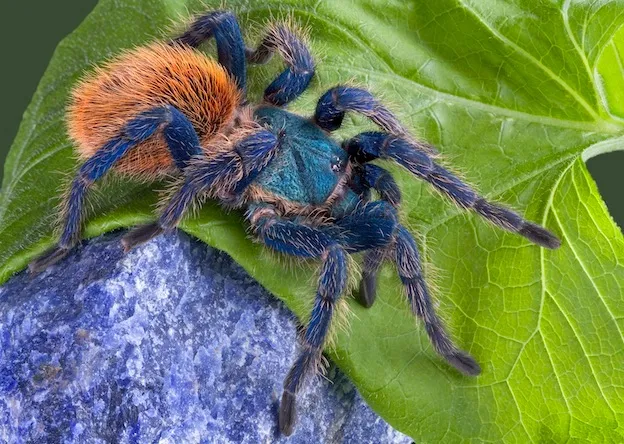
Tarantulas exhibit specific behaviors when stressed. Be aware of these signs to avoid causing unnecessary distress. A stressed tarantula may flick hairs off its abdomen (urticating hairs), raise its front legs in a defensive posture, or move erratically. If you observe these behaviors, immediately cease handling and allow the tarantula to retreat to its enclosure. Over time you will recognize the signs and be able to adjust accordingly. Observe your tarantula to learn its habits.
Tarantula Health and Maintenance
Regular maintenance and health monitoring are essential to ensure your tarantula thrives. This includes recognizing common health issues, providing a clean environment, and understanding the molting process. By paying close attention to these details, you can provide your tarantula with the best possible care.
Common Health Issues
Tarantulas can experience a variety of health issues, including fungal infections, mites, and dehydration. If you notice any unusual behavior, such as lethargy, loss of appetite, or discoloration, consult a veterinarian specializing in exotic animals. Fungal infections can be treated with antifungal medications, while mites may require specific treatments to eradicate them. Maintain a clean and hygienic environment to prevent health issues. Ensuring that you know the common health issues can help you quickly identify and address any issues that may arise.
Regular Enclosure Cleaning
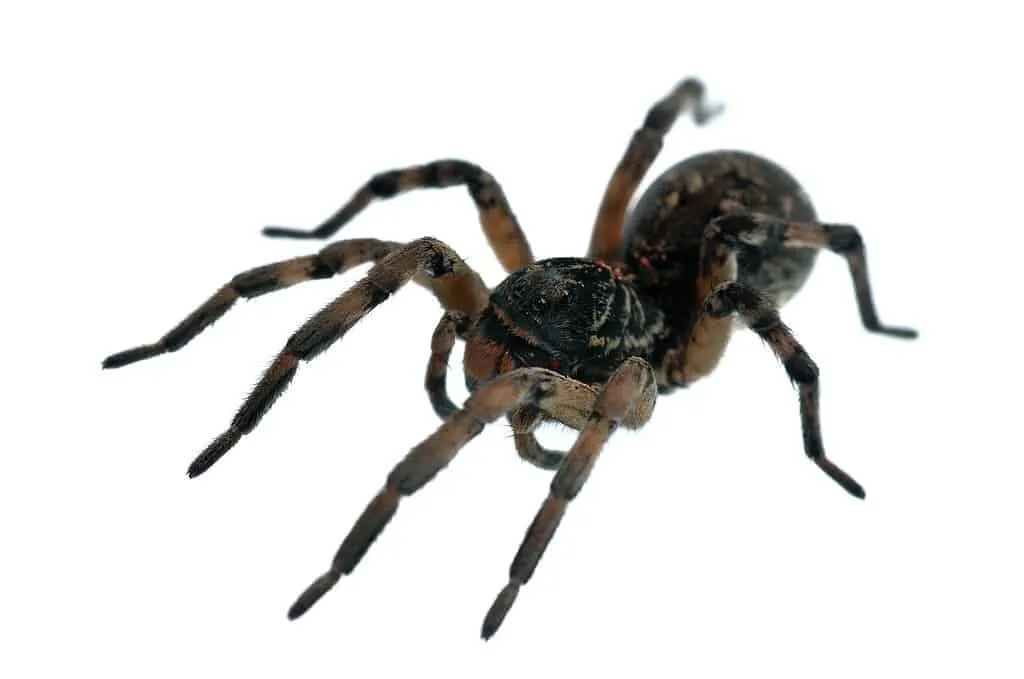
Regular cleaning is crucial for maintaining a healthy environment. Remove any uneaten food, dead insects, and waste products regularly. Spot-clean the enclosure weekly, and perform a full substrate change every few months, depending on the species and the size of the enclosure. Always use appropriate cleaning solutions and avoid harsh chemicals that could harm the tarantula. Proper cleaning will lead to a healthy spider. By keeping the habitat clean and removing waste, you prevent the buildup of bacteria, fungus and other pathogens.
Shedding and Molting
Molting is a natural process where tarantulas shed their exoskeletons to grow. Young tarantulas molt more frequently than adults. During pre-molt, the tarantula may appear lethargic and stop eating. The molting process can take several hours. Do not disturb the tarantula during molting; it is vulnerable during this time. After molting, the tarantula’s exoskeleton will be soft, and it may take several days for it to harden. Provide a safe environment for your tarantula while it is molting. If the tarantula is having a hard time molting, increase the humidity levels to make the process easier.
Conclusion
Caring for a tarantula can be a fulfilling experience, but it requires dedication and knowledge. By following this guide and understanding the top 5 essentials for tarantula care—choosing the right species, creating a suitable habitat, proper feeding, safe handling, and regular health maintenance—you can ensure that your tarantula thrives. Remember to research your chosen species, provide the appropriate environment, and regularly monitor your pet’s health. With proper care, you can enjoy the unique experience of owning these fascinating creatures for many years to come. Your tarantula will be a joy to have if you follow these guidelines.
